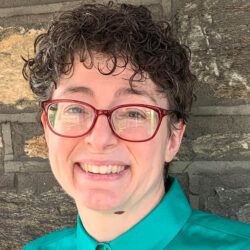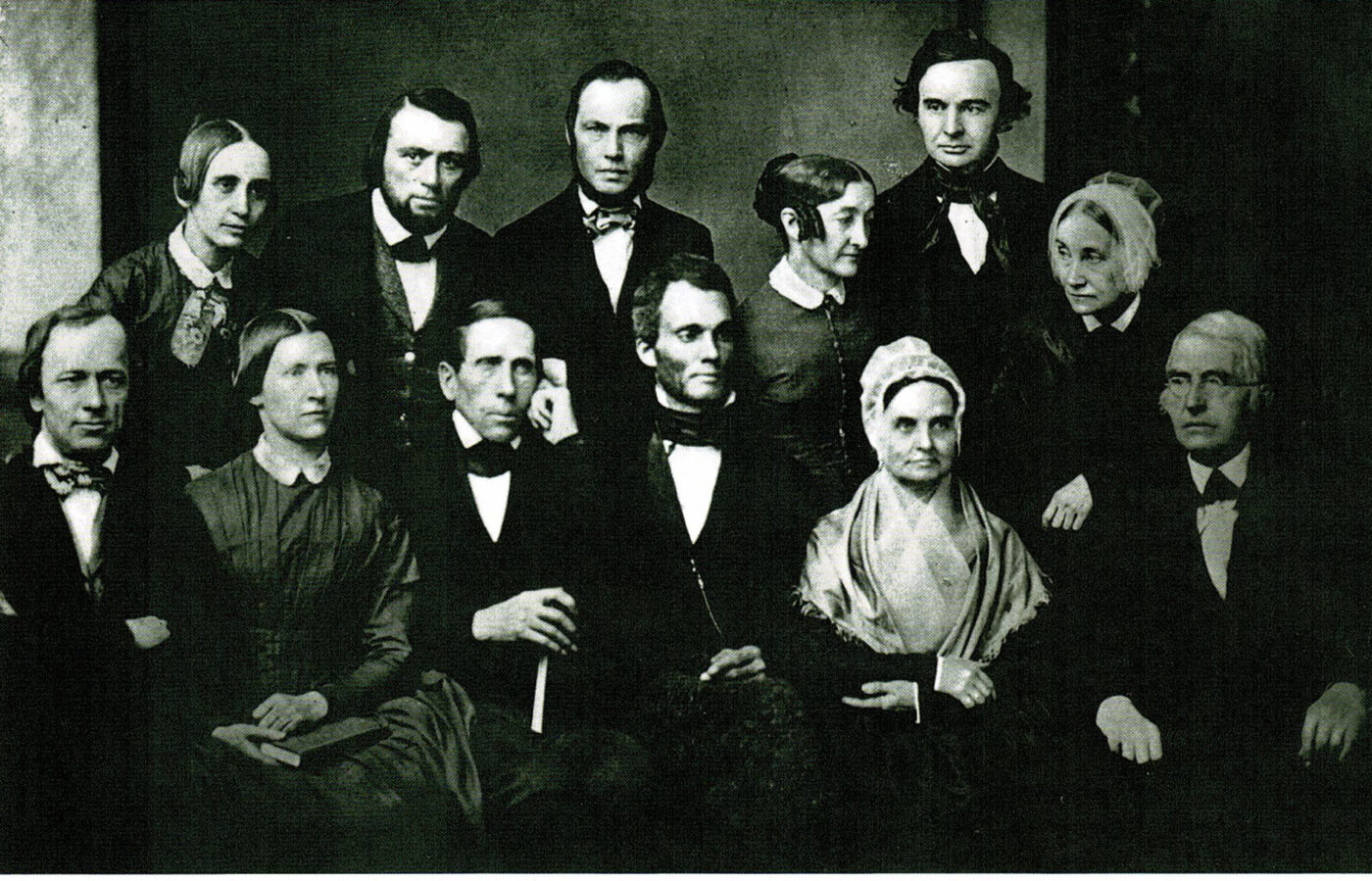In 1834, Robert Purvis, a Black man living in Philadelphia and an up-and-coming abolitionist, applied for a passport to travel to Great Britain at the urging of his friend and fellow abolitionist William Lloyd Garrison. What it took to obtain that precious document is a story that reflects “the inherent challenges and struggles in Purvis’ life and the lives of other free Black people in the decades leading up to the American Civil War,” according to a new article published in the journal Social Education.

“ ‘One of His Choicest Treasures’: Robert Purvis and the Meaning of Equality,” lays out that story, as told by Andrea Reidell, an education specialist and public historian who has joined the Annenberg Public Policy Center (APPC) as director of outreach and curriculum of the Leonore Annenberg Institute for Civics (LAIC).
Reidell, who holds an M.A. in history from the University of Minnesota, previously worked at the National Archives, the Minnesota Historical Society, the Washington State Historical Society, and the Eastern State Penitentiary Historic Site, in Philadelphia.
In her article on Purvis, Reidell describes how Purvis was born in Charleston, S.C. His father was a wealthy white merchant born in England and raised in Scotland, his mother the daughter of an enslaved African woman and a Jewish man in Charleston. In preparation for a move back to Great Britain, his father moved the family to Philadelphia but died there before the move, leaving his family with a sizable inheritance in the City of Brotherly Love.
In 1834, when Purvis sought to travel in England, he applied for the passport. But he was outraged to be offered a “special form” as a person of color, which drove him to solicit the aid of a prominent Philadelphia friend, Roberts Vaux, whose letter of support became a central part of Purvis’ passport application.
Read “One of His Choicest Treasures” in Social Education, published by the National Council for the Social Studies, and learn more about Purvis’ journey to obtain a passport. The article features teaching suggestions and exercises for educators.


